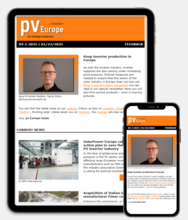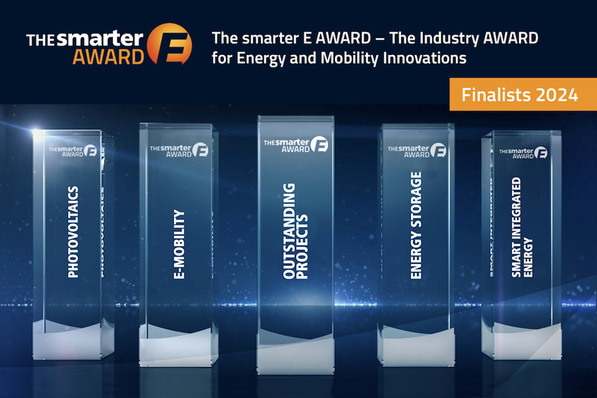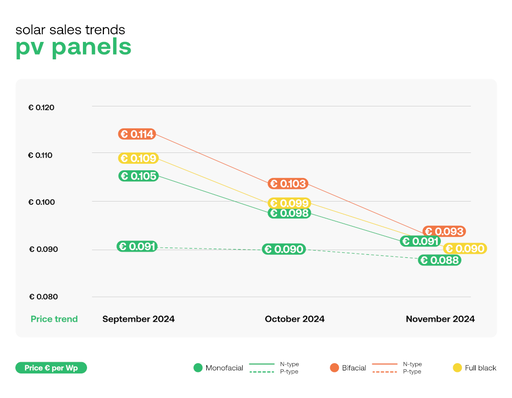Pressure is growing on cell and module manufacturers to reduce the use of materials and energy as the only path to staying competitive while achieving better prices. As a result, the circle of innovation continues to turn even further.
To date, solar modules have primarily been designed to maximise performance. At the same time, manufacturers are increasingly required to shift production to processes and raw materials that are as low-emission as possible. The principle is simple: use less material and energy, produce fewer emissions. And if that wasn’t enough motivation, CO₂ taxes are also lower.
Perovskite: the next major solar technology?
Efforts reduce costs in the medium term
Awareness is growing that greener production means lower costs down the line. But before this can happen, new processes must be developed and tested, and new materials must be certified. These complex steps don’t come with guaranteed success. “The sustainable module is one thing above all: made to last,” says Gregor Kutschmann, responsible for sustainable components and supply chains at Solarwatt in Dresden. “We offer a 30-year guarantee on our Panel Vision series modules. The longer the module remains functional, the fewer emissions it generates over its lifetime. And there's no need to manufacture a replacement.”
TÜV Rheinland: Increasing requirements for solar modules
This move towards long-term sustainability isn't just about performance, it’s about ensuring that solar modules contribute to a cleaner future across their full lifecycle. But this is just the beginning. To take their commitment even further, manufacturers are now turning to third-party certifications to substantiate their eco-friendly claims. (HS/TF)
Find out more about EPD certification in part two of this topic here.








